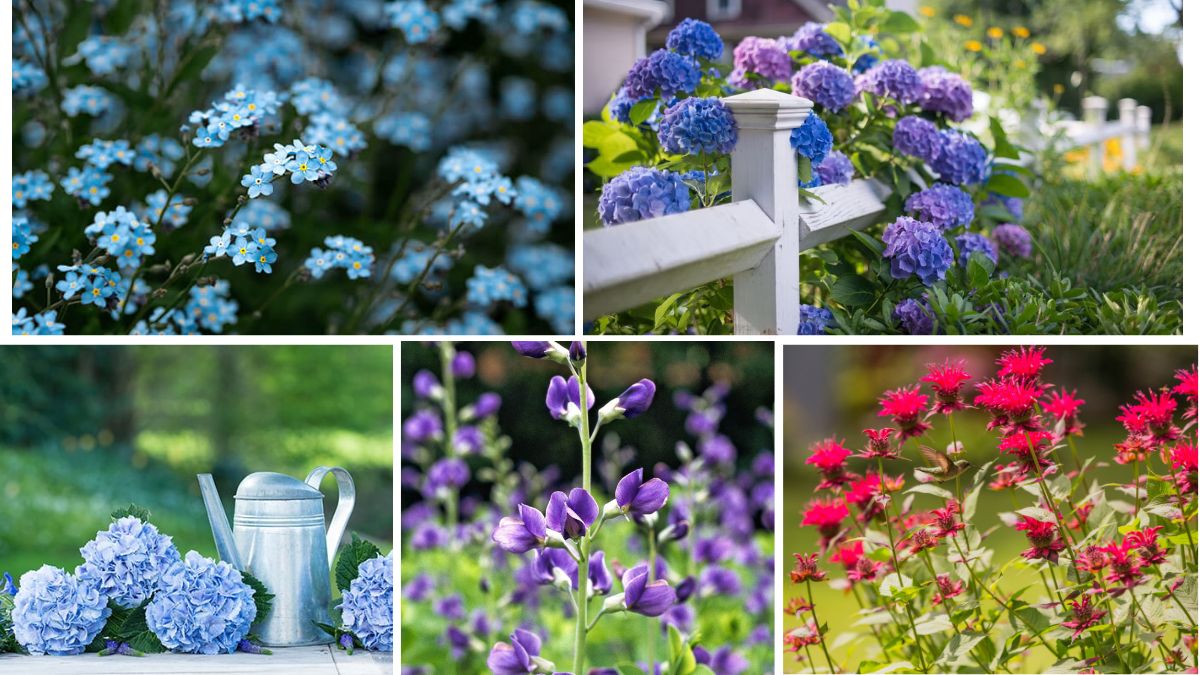Spring is a season of renewal, rebirth, and remarkable beauty. With warming temperatures and consistent rainfall, nature awakens from its winter slumber and explodes in a colorful display of blooms. Among the many joys of spring is the way rainfall breathes life into gardens, especially for certain flowering plants that thrive with the moisture and mild climate. These “rain-loving” plants absorb the nourishment of the season and respond with vibrant flowers, lush foliage, and rapid growth.
In this article, we will explore a wide variety of flowering plants that particularly love spring rain, understand the science behind their seasonal response, and offer guidance on how to care for them in your garden.
Why Spring Rain is Ideal for Flowering Plants
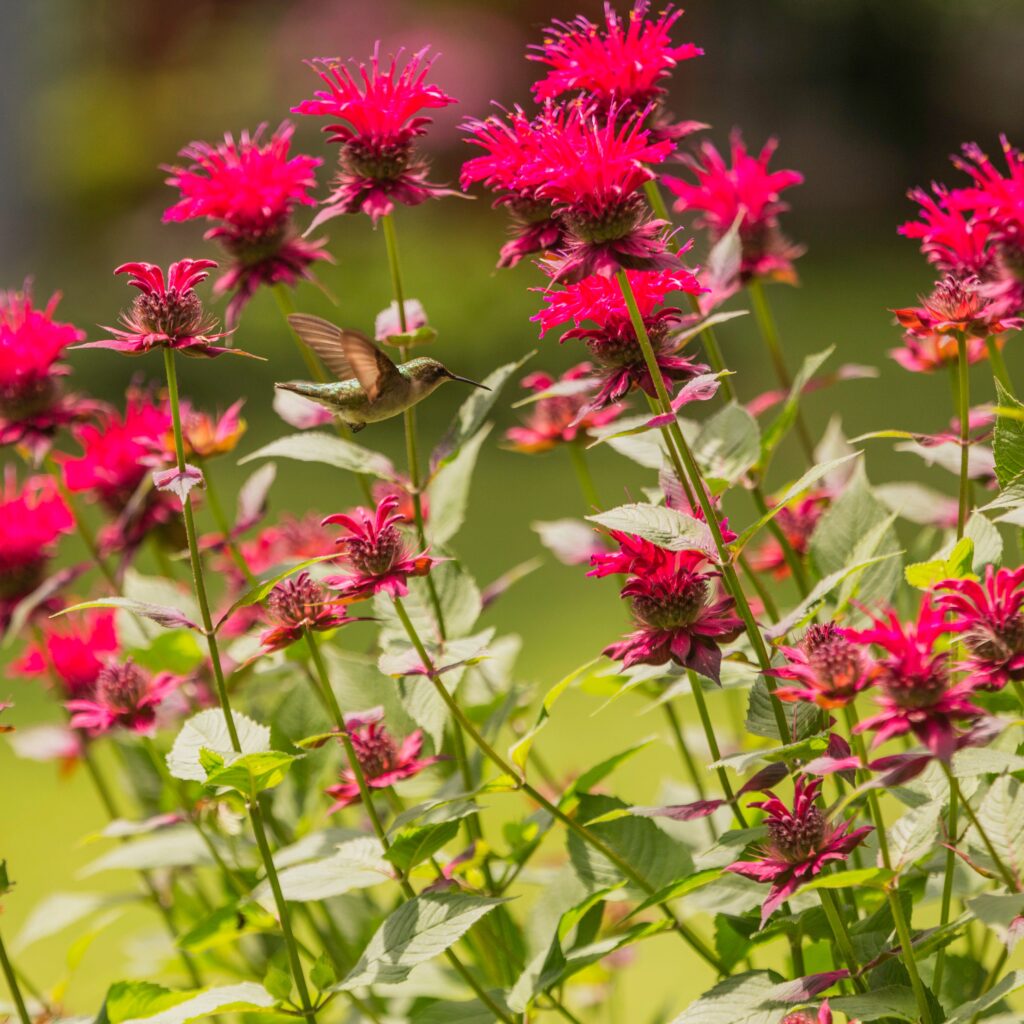
Spring rain brings a wealth of benefits for flowering plants:
- Consistent Moisture: Spring showers deliver slow, deep watering that encourages root development.
- Mild Temperatures: Most flowering plants perform best when the soil is moist and temperatures are moderate.
- Fresh Nutrients: Rainwater carries dissolved minerals and helps flush salts from the soil.
- Increased Humidity: The added moisture in the air helps reduce plant stress and supports blooming.
Let’s now look at some of the most popular and resilient flowering plants that truly thrive during the rainy spring season.
Top 12 Flowering Plants That Love Spring Rain
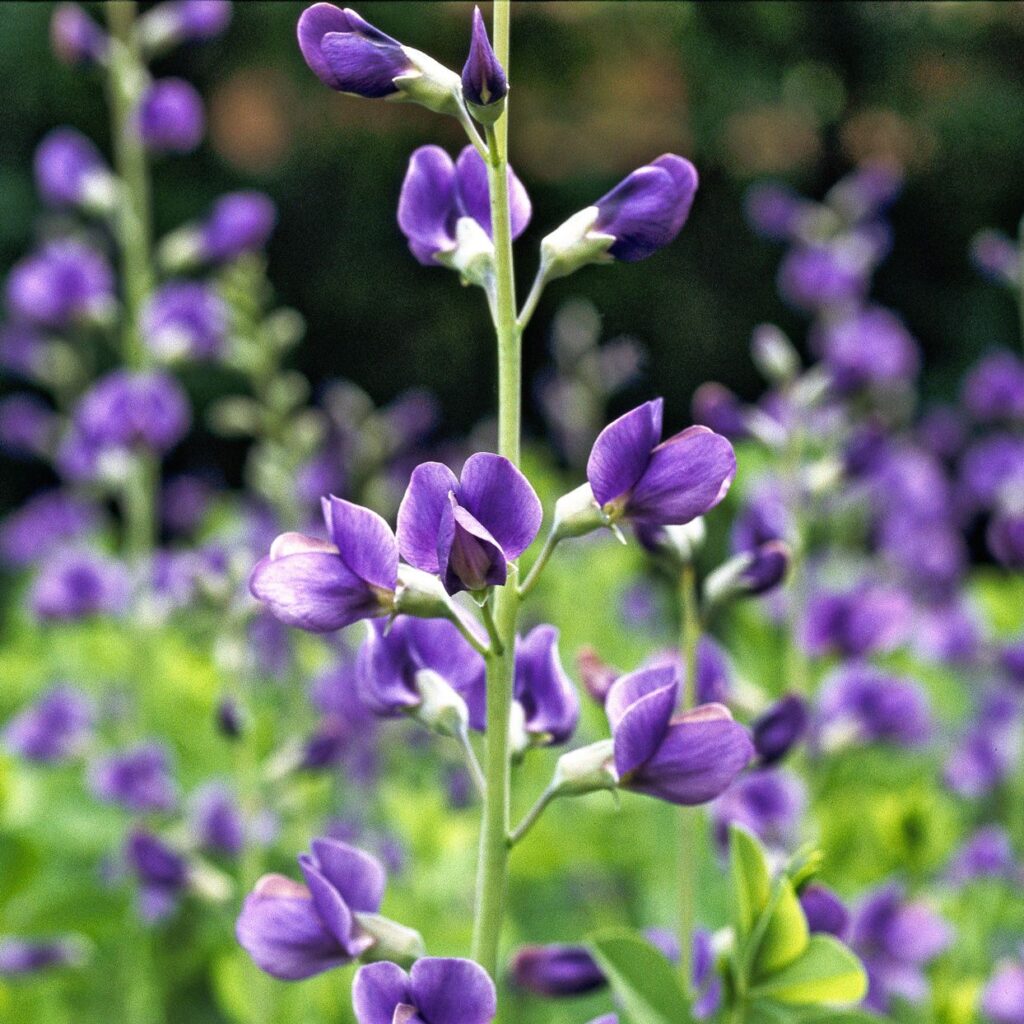
1. Hydrangeas (Hydrangea spp.)
Hydrangeas are among the top flowering shrubs that benefit from spring rain. Their large, ball-shaped blossoms in hues of blue, pink, and white require a good deal of water to thrive.
- Why they love rain: They prefer constantly moist, well-drained soil and cool, humid weather.
- Tip: Mulch around the roots to retain moisture and protect from drying winds.
2. Peonies (Paeonia spp.)
Known for their dramatic blooms and intoxicating fragrance, peonies are springtime superstars.
- Why they love rain: Peonies need moist soil during their early growing phase in spring.
- Tip: Stake them or plant in sheltered spots, as heavy blooms and rainfall can cause stems to droop.
3. Irises (Iris germanica and others)
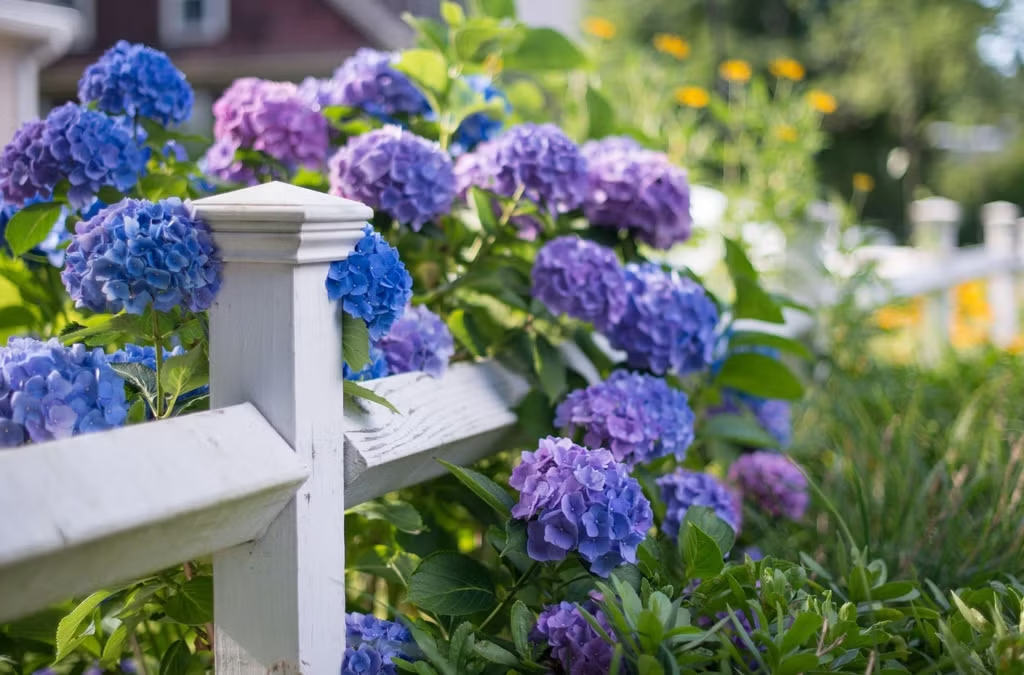
Irises display bold, intricate blooms and are perfect for gardens that experience spring rain.
- Why they love rain: Moisture helps their rhizomes establish after winter dormancy.
- Tip: Ensure good drainage to prevent rot in heavy rain conditions.
4. Daffodils (Narcissus spp.)
These cheerful yellow and white blooms signal the beginning of spring.
- Why they love rain: Daffodil bulbs need moisture during sprouting and flowering.
- Tip: Plant in clumps for greater impact, and let the foliage die back naturally after blooming.
5. Tulips (Tulipa spp.)
Tulips, with their elegant cup-shaped flowers, respond well to the wet conditions of early spring.
- Why they love rain: Like daffodils, tulips rely on spring moisture to fuel blooming.
- Tip: Protect from slugs and ensure adequate drainage to avoid bulb rot.
6. Lily of the Valley (Convallaria majalis)
This delicate plant offers tiny bell-shaped flowers and thrives in shady, moist spots.
- Why they love rain: They prefer consistent spring moisture and grow vigorously in damp woodland-like environments.
- Tip: These can spread rapidly—great for ground cover, but monitor their growth.
7. Bleeding Heart (Dicentra spectabilis)

This romantic plant is beloved for its heart-shaped flowers hanging on arching stems.
- Why they love rain: They thrive in cool, moist conditions typical of early to mid-spring.
- Tip: Perfect for shaded areas with rich, damp soil.
8. Camellias (Camellia japonica and others)
These evergreen shrubs produce gorgeous rose-like flowers early in spring.
- Why they love rain: Camellias love moist, acidic soil and consistent rainfall during their blooming phase.
- Tip: Keep the roots cool with mulch and plant in partial shade.
9. Columbine (Aquilegia spp.)
Columbines are charming with their star-like flowers in a range of colors, attracting bees and hummingbirds.
- Why they love rain: They thrive in moist soil and bloom best when spring rains are steady.
- Tip: Allow some plants to go to seed—they readily self-sow for next season.
10. Lupines (Lupinus spp.)
Lupines grow tall with colorful spires and bring cottage garden charm.
- Why they love rain: Spring rains support their rapid vertical growth and long-lasting blooms.
- Tip: They prefer cool, well-drained soil but regular watering during spring.
11. Foxgloves (Digitalis purpurea)
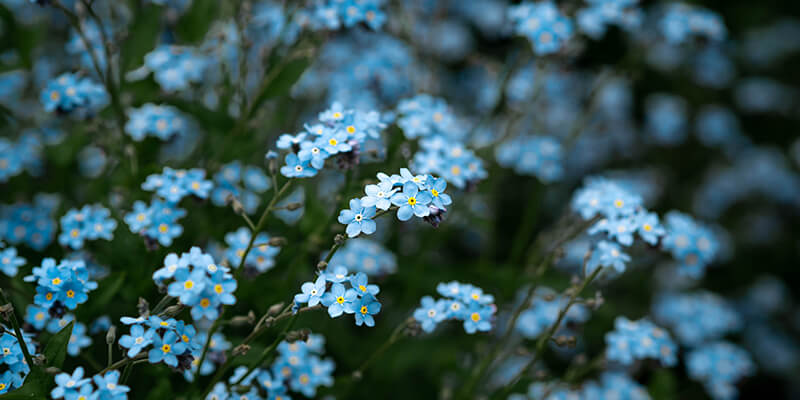
Foxgloves provide dramatic vertical interest with bell-shaped flowers ideal for pollinators.
- Why they love rain: They thrive in moist soil, especially during their first year of growth.
- Tip: Deadhead spent flowers to encourage more blooms and prevent aggressive reseeding.
12. Primroses (Primula spp.)
Primroses are early bloomers with rich jewel-toned petals and low-growing foliage.
- Why they love rain: They flourish in moist, shady spots and bloom well in rainy spring weather.
- Tip: Excellent for borders or woodland gardens; keep soil evenly moist.
How to Care for Spring Rain-Loving Flowers
Even though these plants love spring rain, excessive moisture or poorly draining soil can cause problems like root rot, mildew, and fungal diseases. Here’s how to manage a healthy spring garden:
1. Improve Soil Drainage
Use compost, sand, or organic matter to lighten the soil. Raised beds or mounded rows help excess water flow away from roots.
2. Mulch Properly
Apply mulch around the base of plants to retain moisture, regulate soil temperature, and reduce splash-up of soil-borne diseases during heavy rain.
3. Space Plants Appropriately
Allow enough space between plants to improve airflow and reduce humidity buildup, which can lead to disease.
4. Monitor for Pests
Spring rains can lead to an increase in slugs, snails, and fungal diseases. Use barriers or organic controls like diatomaceous earth, neem oil, or copper strips.
5. Choose the Right Location
Most rain-loving plants do well in partial shade or dappled light. Ensure they are not sitting in a low spot where water collects excessively.
Design Tips for a Rain-Friendly Spring Garden
- Use rain gardens or swales to capture and utilize runoff from roofs or paths.
- Plant in layers: Combine tall lupines and foxgloves with lower-growing primroses or lily of the valley for visual depth and proper rain distribution.
- Add decorative stones or gravel to suppress weeds and control moisture while beautifying the space.
- Include flowering shrubs like camellias or hydrangeas to anchor your garden and provide lasting interest through spring and beyond.
Conclusion: Celebrate Spring with Nature’s Rain-Loving Blooms
Spring rain isn’t just a seasonal occurrence—it’s a lifeline for many flowering plants that use its moisture and mild temperatures to flourish. From the elegance of tulips and irises to the romance of bleeding hearts and camellias, these blooms transform a simple garden into a living canvas of color and life.
By choosing plants that thrive with rain and understanding their care needs, gardeners can make the most of nature’s seasonal bounty. Let your spring garden soak in the showers and burst forth with beauty—one bloom at a time.
